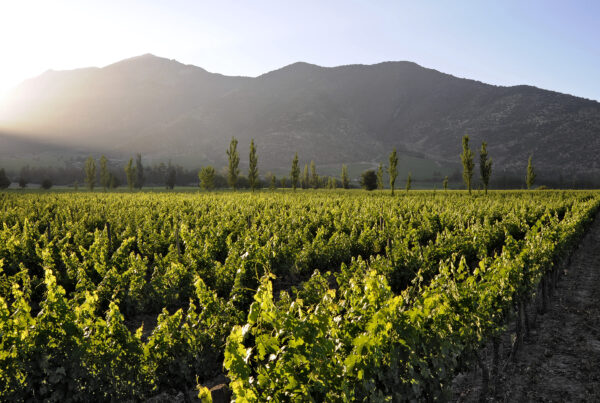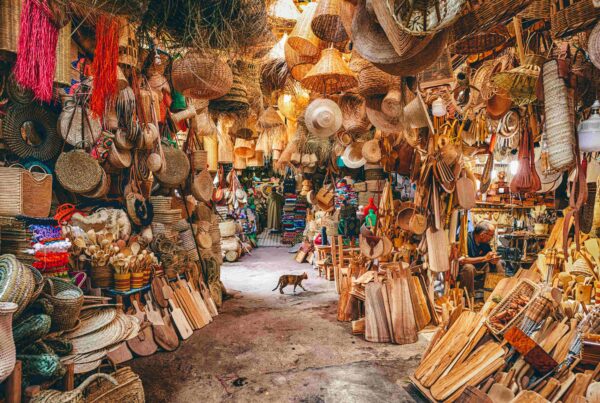 This is Ice Road Truckers in real life — driving the renowned Rohtang Pass over the crest of the Himalayas. Even in mid summer, snow blankets the treeless landscape, icicles dangle from rocky cliffs, and the temperature hovers below freezing as you negotiate dozens of switchbacks on either side of the 13,000-foot (3978-meter) summit.
This is Ice Road Truckers in real life — driving the renowned Rohtang Pass over the crest of the Himalayas. Even in mid summer, snow blankets the treeless landscape, icicles dangle from rocky cliffs, and the temperature hovers below freezing as you negotiate dozens of switchbacks on either side of the 13,000-foot (3978-meter) summit.
Most people trek the Himalayas, or at the very least stare at the snowcapped peaks from a hotel rooftop in Kathmandu or Darjeeling. But Royal Expedition‘s “Across the Himalayas” adventure lets you explore the world’s most fabled mountain range by road rather than foot. You’re actually behind the wheel of your own four-wheel-drive SUV as you navigate the region’s vertigo-inducing mountain roads, part of small convoy piloted by an experienced guide in the lead vehicle.
The highlands are a vastly different sort of India than the Ganges Valley or the coastal areas. First and foremost the landscapes, which range from the desert-like terrain of the remote Spiti region and the glaciated highlands flanking Kunzum La Pass to the flower- filled meadows around Shimla and the thick evergreen forests of the Kullu Valley. You can be easily lulled into thinking it’s Montana . . . until you smell the saffron in the local markets, hear the Hindi music blasting from the colorful overland trucks you encounter at stops along the route, or see a barefoot, bearded holy man wandering up the road on his way to the many pilgrimage places in this region. And the people are also different, a mélange of highland ethnic groups — Tibetans, Lahaulis, Spiti Bhotia and Kinnauri.
 The route itself is also significant, originally part of the Silk Road between China and India, and later an important overland route of British India. Precious stones, borax, wool, and musk were among the products transported along the route in ancient times. It was no more than an animal track until the 1850s when Lord Dalhousie, the British governor general of India, mandated the construction of the Great Hindustan Tibet Road through the eastern Himalayas — the very road you drive on this journey.
The route itself is also significant, originally part of the Silk Road between China and India, and later an important overland route of British India. Precious stones, borax, wool, and musk were among the products transported along the route in ancient times. It was no more than an animal track until the 1850s when Lord Dalhousie, the British governor general of India, mandated the construction of the Great Hindustan Tibet Road through the eastern Himalayas — the very road you drive on this journey.
Given their spectacular nature, both the road and region have featured in numerous films over the past century. They range from a 1912 black-and-white documentary produced by Thomas Edison’s movie company to a 1969 Bollywood musical called Simla Road. But this trip isn’t all driving. There’s plenty of time to linger at sights along the route, like the charming town of Manali at the upper end of the Kullu Valley. This ancient outpost, once an overnight stop on the Silk Route, sits on the right bank of the River Beas amid a lush forest reserve. The local Tibetan population supports two gompas or monasteries, and Tibetans dominate the Manali market, selling winter clothes and traditional carpets. On a cedar-covered hillside above Manali sits the celebrated Hadimba Devi temple, a wooden pagoda-like structure built in the 16th century as a shrine to the principal goddess of the Kullu Rajahs. The temple facade is decorated with antlers, horns and animal skulls, all that remains of animal sacrifices that take place here each spring. The goddess herself is said to dwell in a nearby cave, radiating her strength and protection across the valley.
The area is also know for its bubbling waters, the health-oriented hot springs at Vashisht on the other side of the river from Manali, and the holy springs at Manikaran in the adjacent Parvati Valley. Clouds of steam rise from the riverside temple at Manikaran, mingling with smoke and dust from the nearby town to create a mystical, ethereal scene.
There are many places in India that feel like you’re stepping back in time. But it would be difficulty to find one that takes you as far back in body and spirit as this two-week drive through the Indian Himalayas.
By Joe Yogerst





